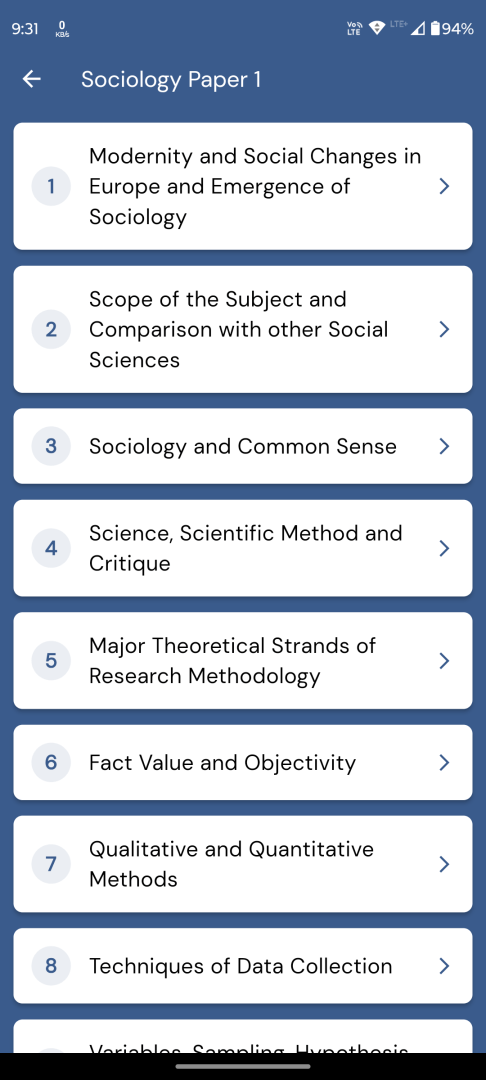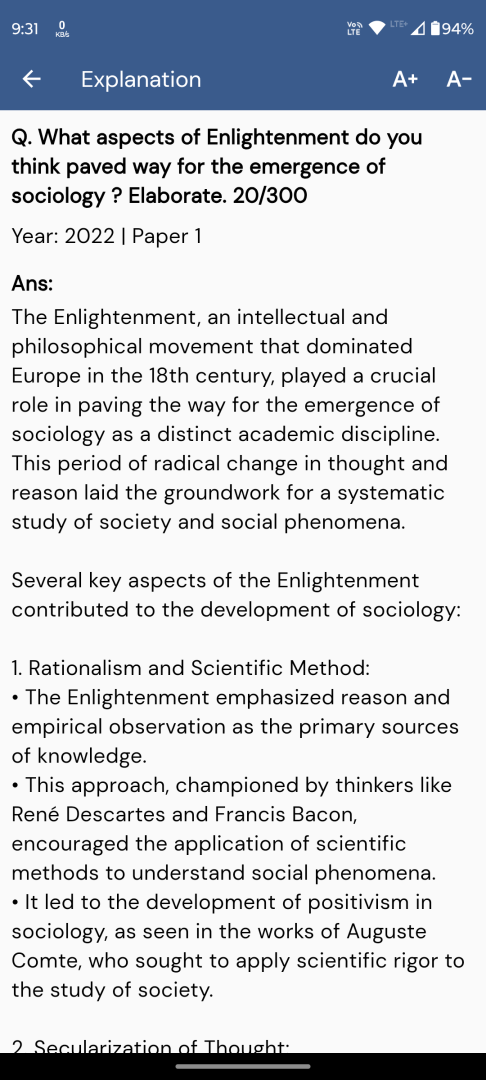Q. Differentiate between ‘Western’ and ‘Indological’ perspectives on the study of Indian society. Bring out the major aspects of G. S. Ghurye’s contribution to ‘Indological’ approach.
UPSC Sociology 2024 Paper 2
Model Answer:
Differentiation between Western and Indological Perspectives on Indian Society and G.S. Ghurye’s Contribution
The study of Indian society has been approached from diverse perspectives, prominently the Western and the Indological. These approaches differ in their methodologies, assumptions, and interpretations of Indian social structures and dynamics.
Western Perspectives:
• Rooted in European sociological traditions
• Applies universal theories like Marxism, functionalism, or Weberian theory to Indian contexts
• Emphasizes empirical methods and cross-cultural comparisons
• Focuses on modernization, social change, and development
• Key scholars include M.N. Srinivas and Louis Dumont
• Example: Dumont’s “Homo Hierarchicus” interpreted the caste system using structuralism, positioning it within a universal framework of social stratification
Indological Perspectives:
• Prioritizes indigenous sources, classical texts, and traditional knowledge
• Emphasizes textual analysis of scriptures like Vedas, Dharmashastras, and epics
• Focuses on cultural contextualization and holistic understanding
• Stresses the uniqueness and continuity of Indian civilization
• Integrates philosophy, religion, and sociology for a comprehensive view
• Example: P.V. Kane’s “History of Dharmashastra” provided insights into ancient legal and social codes
G.S. Ghurye’s Contribution to Indological Approach:
1. Synthesized textual analysis with empirical data, bridging traditional and modern analysis
2. Analyzed caste system through historical texts and racial dimensions in “Caste and Race in India”
3. Challenged isolationist view of tribal studies, arguing that tribes are backward Hindus integrated into broader Hindu society
4. Emphasized cultural unity of India despite diversity, through common religious and cultural practices
5. Explored impact of modernization on family structures and urban life using Indological insights
6. Examined Hindu-Muslim relations, emphasizing cultural synthesis and shared traditions
7. Studied Indian Sadhus, highlighting the role of asceticism in preserving Hindu traditions
Conclusion: Ghurye’s work significantly contributed to the Indological approach, offering culturally nuanced insights essential for authentically understanding Indian society.





